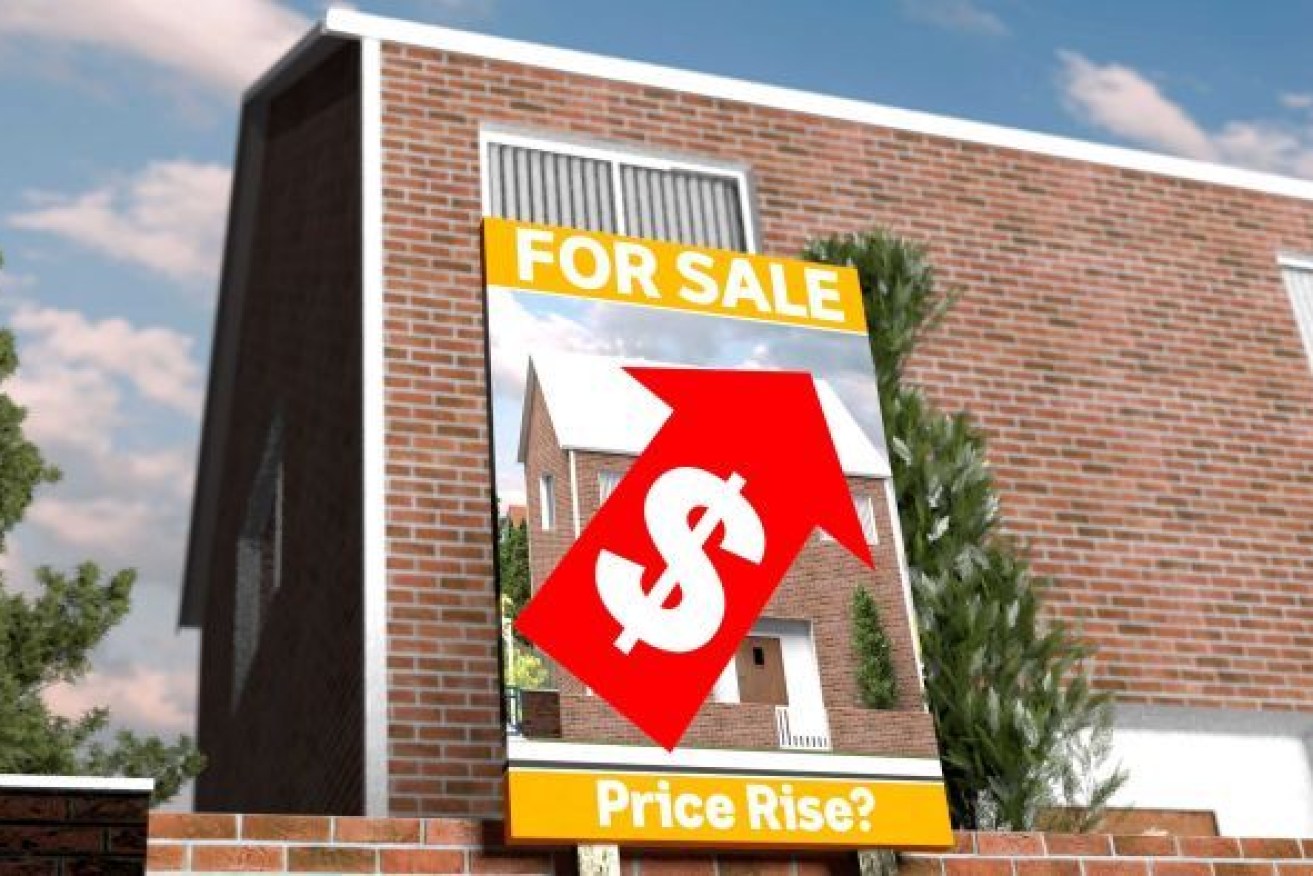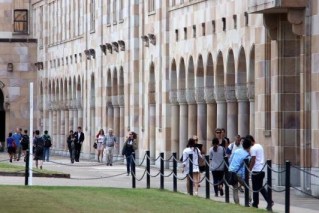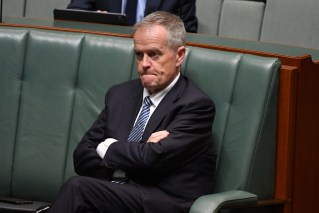Investor demand pushes house prices to record highs in Brisbane
Real estate prices continued to climb in every capital city in November while Brisbane prices reached record territory, according to CoreLogic.


Brisbane's monthly house price increase is at boom time levels
The company said at a national level the market could recover all of its pandemic losses by early next year as housing values moved to new record highs in Brisbane, Adelaide, Hobart and Canberra in November.
Brisbane values were now up 3.2 per cent for the year and regional Queensland was up 6 per cent. Much of the increase has been because of increased flows of interstate migrants as well as increased investor interest.
The Brisbane median value was now $515,000 and while it had performed strongly, Sydney and Melbourne values were at the same levels of 2017 and Perth was stuck at level equivalent to 2006.
Westpac has added its weight to the report claiming Brisbane house prices would increase by 8 per cent next year and 10 per cent the year after – the biggest increase for any of the capitals and it said the gains should be sustained.
Brisbane’s northern suburbs along with the Gold and Sunshine coasts were standout performers. The median value on the Sunshine Coast was $639,000; the Gold Coast $571,000.
Nationally, the bank has forecast a 15 per cent rise over the next two years.
Brisbane house rents were up 1.2 per cent for the past six months but unit rents had fallen by about 2 per cent.
In other cities, Canberra has been the standout performer with its median price jumping 7 per cent in the past year to $672,000.
The market intelligence company said its national index recorded a second consecutive monthly rise in November, with dwelling values up 0.8 per cent over the month, following on from 2.1 per cent drop in Australian home values between April and September.
CoreLogic’s head of research Tim Lawless said if the current growth trend persisted, the national home value index would surpass pre-COVID levels in early 2021.
“The national home value index is still seven-tenths of a per cent below the level recorded in March, but if housing values continue to rise at the current pace we could see a recovery from the COVID downturn as early as January or February next year.
“The recovery in Melbourne, where home values remain 5 per cent below their recent peak, will take longer.”
Inventory levels across Australia were low which benefitted sellers. The number of properties for sale was down 24 per cent on the five-year average.
Auction markets had been strong with a clearance rate of about 70 per cent, well above the 10-year average of 61 per cent.
The median selling time was now 42 days.
“Low advertised stock levels, together with a rising number of active buyers, is creating a renewed sense of urgency in the market,’’ Lawless said.
“Buyer demand is mostly being fuelled by a surge in owner-occupiers rather than investors, looking to take advantage of historically low interest rates, generous government incentives and an increased state of normality.’’












